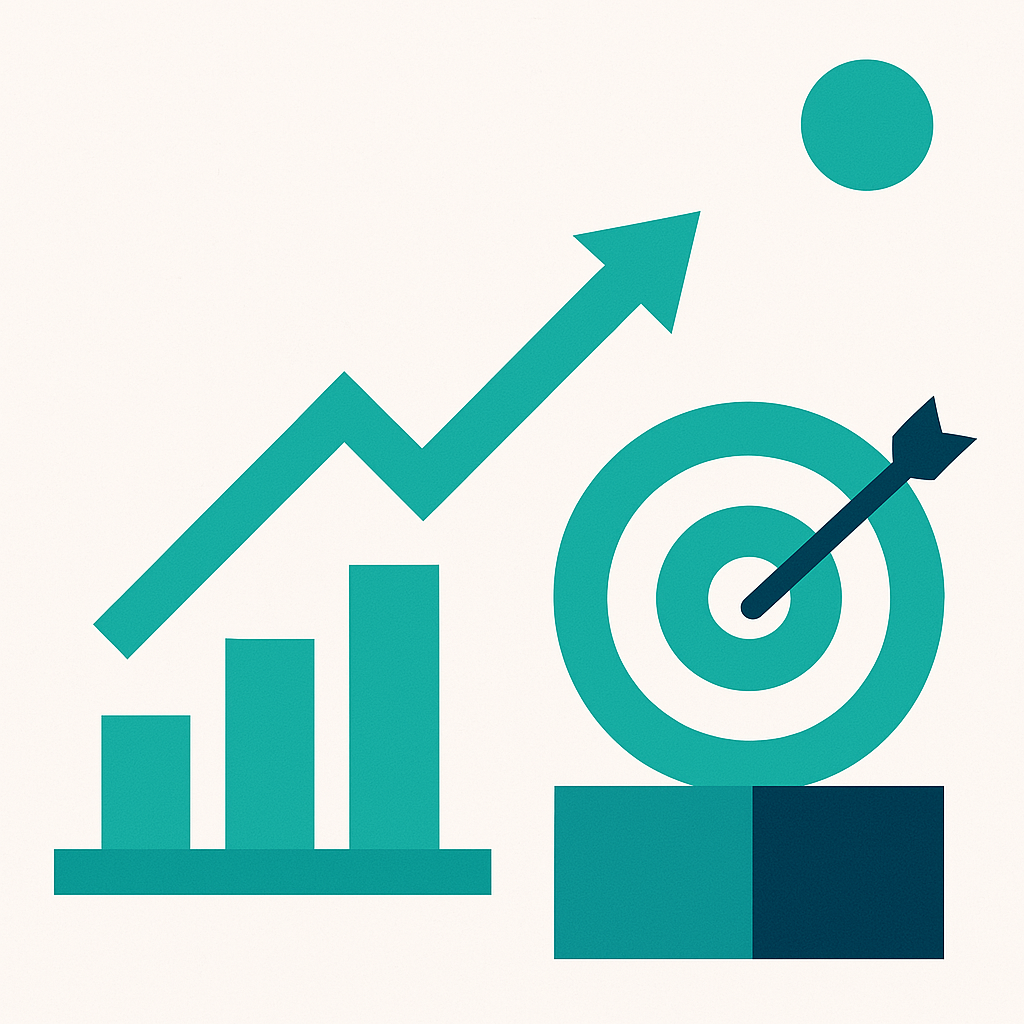Being the one who is responsible for the sales development, and feeding the “top of the funnel” with leads, you are likely satisfied if what you do is working well. This is especially true if you are successful and able to generate a sufficient number of high-quality leads for your business. After all, generating highly qualified leads is the most important driver for growth. And that’s awesome, you probably worked hard for that.
However, next week, month, or quarter, the newly increased targets arrive and the questions surrounding that: Can you perform successfully also in another market? Can you do this for another product line as well? Or when we go international?
Duplicating people is not possible yet. Hiring new people costs time, money and has a success rate that we always secretly tend to overestimate. 9 out of 10 times it is disappointing, it always takes time to find the right one and it takes even longer until the rep is fully onboarded.
How do you make sure that your successful sales development approach can be copied from one market to another one? And that you can provide optimal support for your people? How does that work? That’s what you are about to find out in this blog.
Always make a “Design”
First and foremost, make sure you design each of your sales development processes. Make sure it is blueprinted, sketched, and adjusted in advance. Make sure that you force yourself and your organization to do that.
What is our target group? How big is this target group? What is relevant to them? Why do they want to talk to us? Why now? What content are we going to use? What is the call to action? Which series of positive touchpoints are we going to orchestrate?
(We have a sales development playbook for that if you want to have the template send me an email: terry@salesliftstudio.com)
All the effort that you put in advance into this design process is going to help you not only to be successful, but it will also enable you in times of success (or less success) to go back to your drawing board and do it again. Design it again. But this time better, quicker and just a little bit more different.
Eventually, you will have a both playbook and a design that has been thought out, tested and proven to be successful. Ready for the next market? That way you are going to make designs/playbooks for more situations and markets.
One for a product introduction, a separate playbook for inbound leads, a playbook for upsell, and one for cross-sell. Just as good as a playbook for certain (remote) events.
You don’t have to do all of this at once, but if you take one step at a time and if you do it the right way, then you will find yourself building a fascinating library for yourself and for your company, that will pay off well over the coming months and years.
Template, template, template
Use templates. Nobody likes automated bullshit but everyone likes good tools and working efficiently. Documenting in templates responses and stories used in your sales process gives your sales reps the opportunity to personalize well. Templates are tools. The better the tools, the better you can do your job.
It is easier and more trustworthy for your salespeople to provide relevant, personal responses coming from good templates, rather than providing a response “from scratch”. In order for your actions to be successful, you need to make templates. Out of these templates, you can personalize, discover new things to talk about, and in turn make new templates for those new topics.
On the one hand, you give your sales reps good tools to work effectively and with more confidence. On the other hand, you simultaneously register your sales development process (read: scalable and applicable).
By giving importance to those 2 points and by consistently working on them, you document your business activities and make them available. Maybe even more importantly, you build a culture where each sales challenge is well thought out, discussed, and worked out in advance. With all the advantages that come along.
Besides, you will notice that just like most things in life, your company is getting better at sales development because you keep on collecting feedback continuously and you are continuously having a conversation with each other about what works, what can be better, and what we have learned. Because of this your skills and confidence in your teams will increase, causing them to dare to take larger challenges and in turn increasing your chances of growth enormously.
So, time to start designing! Good luck!
Terry van den Bemt
Ps. Do you want a template for the playbook? let me know.


